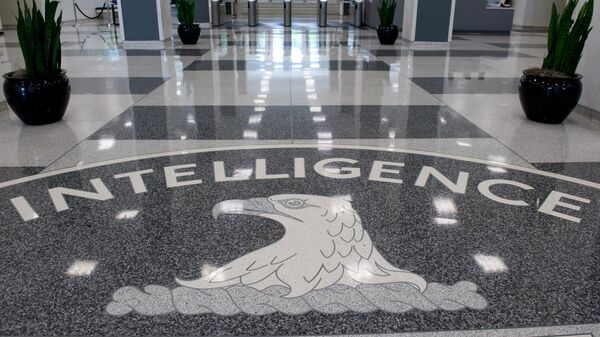The attack that took place in 2009, and killed 10 people, including the bomber, the Jordanian intelligence officer and the Afghan driver. The attack is considered the second most deadly at the CIA since the United States embassy bombing in 1985 in Lebanon.
A Jordanian doctor named Humam Khalil Abu-Mulal al-Balawi gained the trust of both the Taliban and the CIA. He convinced them that he could lead the CIA to al-Qaeda's second-in-command, one of the most wanted terrorists at that time. When he arrived at the scheduled meeting at Camp Chapman, he triggered an explosive device.
However, CIA officials revealed that the information is uncorroborated and inconsistent with what is known about the 2009 suicide bombing. The first of two cables says Haqqani, a Taliban-allied terrorist, held a meeting with Pakistan's Inter-Services Intelligence the month of the bombing. The second paper says the exact sum of money was provided to Haqqani, "to enable the attack on Chapman."
The US intelligence representative called this a "raw, unverified and uncorroborated report" that contradicts the general consensus of the attack as primarily an al-Qaeda plot, and not one that involved the Haqqani network.
The source of the information on both cables is unclear. The National Security Archive received the documents after a Freedom of Information Act request.



